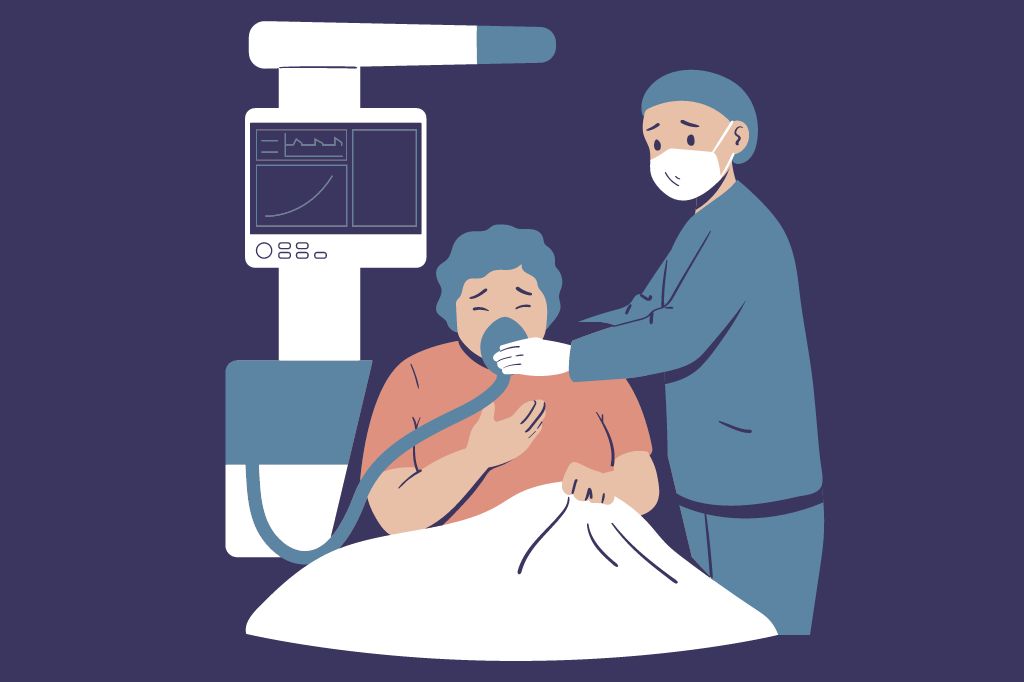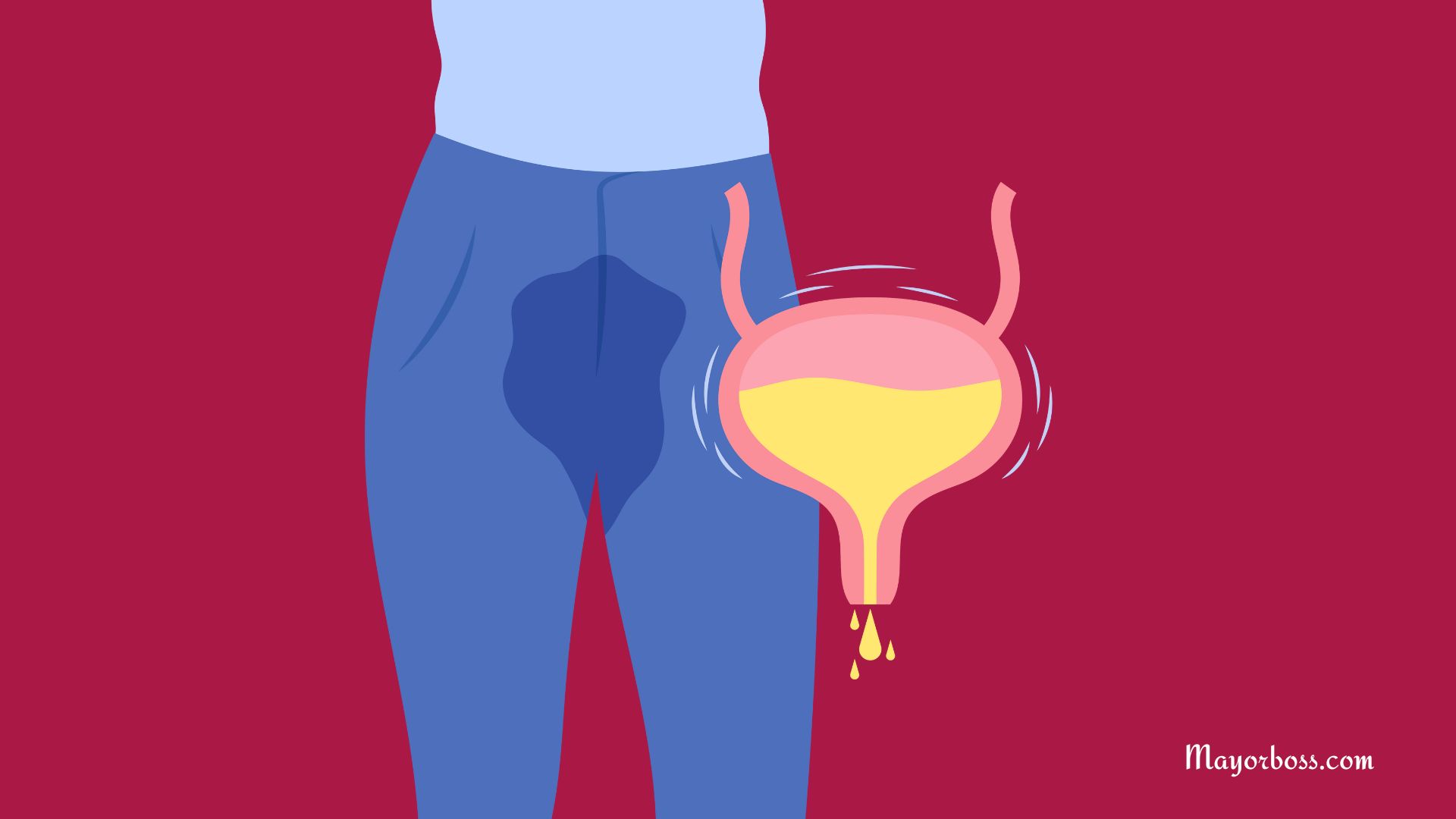8 Signs of Not Getting Enough Oxygen in Your Blood
When your body doesn’t get enough oxygen, it’s like a car running low on gas—everything starts to slow down or not work right. Oxygen is super important for keeping your organs, tissues, and cells working properly. Not having enough oxygen in your blood is called hypoxemia, and if it’s not treated, it can lead to serious health issues. Read on to learn some signs that might mean you’re not getting enough oxygen in your blood.

1. You Feel Shortness of Breath or Have Trouble Breathing
One of the most common signs of low oxygen is feeling short of breath, even if you haven’t done anything physical. For example, you might feel breathless just from walking across the room or climbing a short flight of stairs. If you find yourself gasping for air during normal activities, it could mean that your body isn’t getting enough oxygen. Basically, your lungs might not be delivering the oxygen your blood needs to keep everything working well.
2. You Feel Tired All the Time
If you feel tired all the time, even after getting a good night’s sleep, it might mean your oxygen levels are low. This happens because your body needs oxygen to produce energy, and when there’s not enough oxygen, your muscles and organs can’t work efficiently, making you feel tired. When there isn’t enough oxygen being carried through your blood, your muscles and organs have to work a lot harder. This can make you feel very tired, even if you haven’t done much.
3. Your Skin or Lips Look Bluish
Your body needs oxygen to keep your skin looking healthy because oxygen-rich blood gives skin its natural pinkish color. If your oxygen levels are low, your skin—especially around your lips or fingertips—might turn a bluish or purplish color. This is called cyanosis. It happens because there isn’t enough oxygen-rich blood getting to your tissues, which makes them look less pink.
4. You Feel Dizzy or Lightheaded
Feeling dizzy, confused, or lightheaded can also be a sign that your blood isn’t getting enough oxygen. Your brain needs a steady supply of oxygen to work right. Without it, you might feel dizzy or have trouble focusing. This can happen suddenly or be something that sticks around for a while.
5. Your Heart Beats Fast or Feels Irregular
If you notice your heart beating fast or in an irregular way, it could mean your heart is trying to pump more blood because there isn’t enough oxygen. Your body knows it needs more oxygen, and your heart works harder to try to deliver it. This might feel like your heart is pounding or fluttering.
6. You Start Breathing Faster
Rapid breathing, called tachypnea, can happen when your body tries to take in more oxygen because it senses that it isn’t getting enough. This helps your lungs bring in more air and deliver more oxygen to your blood. You might not even realize you’re breathing faster until you pay attention to it. It’s your body’s way of trying to get the oxygen it needs.
7. You Get Headaches That Won’t Go Away
Headaches that don’t seem to go away can be another sign of low oxygen levels. Keep in mind that frequent headaches could also be linked to other health issues, so it’s important to talk to a doctor if this is a recurring problem. Your brain needs a constant supply of oxygen, and when it doesn’t get enough, the blood vessels expand, which can cause headaches. If you often wake up with headaches or get them during the day, it might be a sign that your oxygen levels are low.
8. You Feel Restless or Anxious
Low oxygen can also affect your mood. Many people with low oxygen levels feel anxious or restless. This is because the body is under stress from not getting enough oxygen, and your nervous system reacts by making you feel this way. Anxiety can also make it harder to breathe, which makes things even worse.
What to Do If You Think You Have Low Oxygen Levels
If you have any of these symptoms, it’s important to see a doctor. They might recommend tests like a pulse oximeter reading, which measures how much oxygen is in your blood. Sometimes, health problems like chronic obstructive pulmonary disease (COPD), asthma, or heart issues could be causing low oxygen levels.
When to Get Emergency Help
Mild symptoms might be managed with lifestyle changes or medicine, but severe low oxygen can be very dangerous. If you have extreme trouble breathing, sudden confusion, or a very fast heart rate, get emergency help right away. These are signs that your body is very low on oxygen, which can cause damage to your organs if not treated quickly.
How to Improve Your Oxygen Levels
To keep your oxygen levels healthy, try to exercise regularly, avoid smoking, and get fresh air when you can. Deep breathing exercises can also help increase how much oxygen you take in. If a doctor gives you supplemental oxygen, make sure to follow their directions carefully to avoid problems.
The Takeaway
Watching your oxygen levels is really important for your overall health. If you notice any of these symptoms, don’t ignore them. Getting help early can make a big difference in managing and treating low oxygen levels. Talk to your doctor about any concerns, especially if you’re feeling tired, short of breath, or having other symptoms we talked about. Your health depends on getting enough oxygen, so make sure your body isn’t running low on this important element.
Frequently Asked Questions
1. What causes low oxygen levels in the blood?
Low oxygen levels in the blood can be caused by several factors, including lung diseases like chronic obstructive pulmonary disease (COPD) or asthma, heart conditions, high altitudes, or even anemia. Conditions that affect breathing or circulation can lead to hypoxemia.
2. How can I check my oxygen levels at home?
You can check your oxygen levels at home using a device called a pulse oximeter. It clips onto your finger and measures how much oxygen is in your blood. If the reading is below 90%, it’s best to consult a doctor right away.
3. Can anxiety cause low oxygen levels?
Yes, anxiety can make it feel like you’re not getting enough oxygen because it can lead to rapid breathing, which may reduce the efficiency of oxygen delivery. However, anxiety itself doesn’t directly lower your blood oxygen levels, but it can make symptoms of low oxygen feel worse.
4. What should I do if my oxygen level is low?
If your oxygen level is low, you should see a doctor. They can determine the cause and recommend treatment, which might include supplemental oxygen, medications, or lifestyle changes. If you’re experiencing severe symptoms like confusion or trouble breathing, seek emergency medical help immediately.






